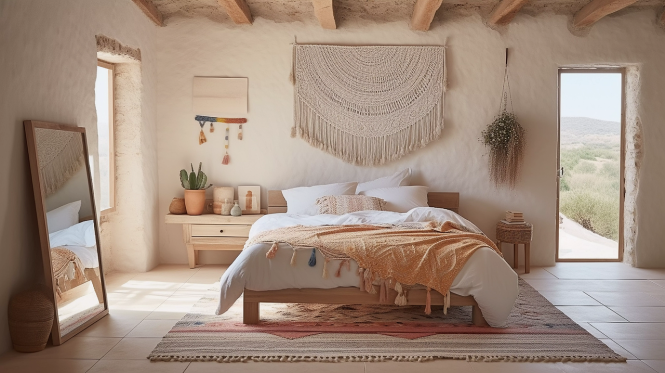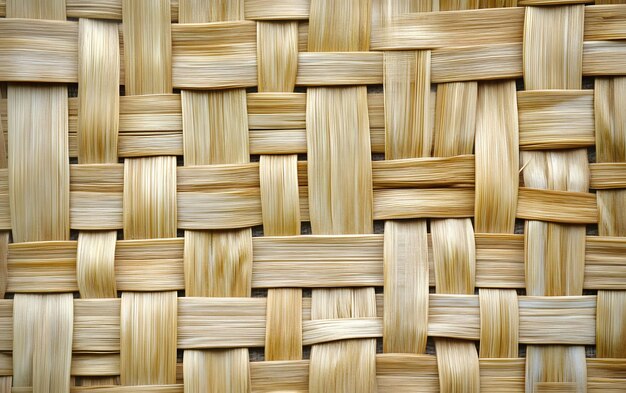

Using natural materials for modern texture is a growing trend in interior design. This approach focuses on embracing the raw beauty and unique properties of materials found in nature to create stunning and sustainable design solutions. Many homeowners are seeking environmentally conscious and aesthetically pleasing design options, but often struggle with achieving this. This comprehensive guide will explore how natural materials contribute to modern aesthetics, discuss the diverse range of materials available, and provide actionable steps on how to effectively incorporate these elements into your design. In this article, we’ll explore the different types of natural materials, examine their unique textural qualities, and showcase examples of successful implementations.
Unveiling the Potential of Natural Materials
Diverse Materials and Their Qualities
The allure of nature extends beyond its visual appeal; natural materials possess unique textural qualities that evoke a sense of warmth and authenticity. Wood, stone, bamboo, and rattan each offer distinctive tactile sensations that enhance the overall aesthetic experience. Consider the smooth, cool touch of polished stone, the warm embrace of a wooden surface, or the intricate patterns woven into a piece of rattan furniture. These materials offer diverse options that are perfect for contemporary design projects, adding a touch of rustic charm while still maintaining a modern feel. A growing number of architects and designers are actively incorporating these materials into their projects, seeking to bridge the gap between sustainability and stylish aesthetics. Natural elements such as reclaimed wood, weathered stone, and repurposed materials provide unique character to spaces. For example, a meticulously crafted fireplace using reclaimed stone adds a touch of elegance and history to a modern home. Such details can truly elevate the sense of place and create an environment where inhabitants feel deeply connected to their surroundings.
Integrating Natural Aesthetics
Consider the use of natural textures in unexpected ways; integrating natural materials into furniture design, wall treatments, and flooring offers a wealth of creative possibilities. For instance, a living wall featuring different varieties of plants can create an immersive environment, whereas incorporating stone or brick cladding enhances the visual appeal of exterior designs. Natural elements can provide the perfect foundation for a home, office, or public space.
Enhancing Modern Interiors with Natural Textures
Wood’s Versatility in Modern Design
Wood, a versatile and timeless material, readily adapts to modern design aesthetics. From polished hardwood floors to rustic wooden beams, the options for integrating wood into modern spaces are virtually endless. Consider using different shades and finishes of wood to create visual interest and depth in a space. For example, a contemporary kitchen might utilize dark, stained wood cabinets that complement a light-colored countertop, resulting in a unique blend of contrasting textures. A combination of different types of wood, such as maple and walnut, can add depth and intrigue while retaining a modern aesthetic. Incorporating reclaimed wood, with its unique history and character, can bring a unique story to a modern home design. Reclaimed wood beams and flooring can be particularly effective in a modern loft or industrial-style apartment. Consider a study or office using reclaimed wood as shelves or desks to add both texture and history.
Beyond Wood: Exploring Stone and Other Natural Materials
Natural stone, known for its durability and aesthetic appeal, is a popular choice for various design elements. Whether used as flooring, countertops, or wall cladding, stone infuses a space with a timeless elegance that transcends fleeting trends. Examples include marble, slate, and granite. Each natural stone carries a unique array of colors and patterns. Stone, particularly in darker hues, can create a dramatic and sophisticated focal point in a contemporary space. For instance, a stone fireplace or a statement wall can transform the entire atmosphere of a room. Natural materials like bamboo and rattan are also gaining traction for their unique patterns and textures, enhancing modern décor with organic designs.
Sustainable Design and Natural Materials
Environmental Considerations
Choosing natural materials for modern texture is closely aligned with environmentally conscious design principles. Natural materials often come from sustainable sources or can be reclaimed, contributing to a circular economy and minimizing the environmental footprint. Repurposed materials, like salvaged wood or antique stone, embody a distinctive sense of history and are both sustainable and visually appealing. Many businesses prioritize sustainable practices when sourcing natural materials. For example, companies that prioritize sustainable forestry ensure the long-term health of forests while offering attractive and durable building materials.
Design Choices with a Focus on Sustainability
Prioritizing natural materials and sustainable processes allows homeowners to contribute to environmental well-being while enhancing the character of their spaces. The utilization of reclaimed materials showcases a unique visual statement that is environmentally friendly. The inherent longevity and beauty of these materials add value and uniqueness to design choices. Furthermore, working with local artisans and suppliers can support local economies while ensuring ethical sourcing practices are followed. Considering these factors allows the conscious creation of a space that demonstrates a respect for both the environment and aesthetics.
Practical Tips for Incorporating Natural Materials
Choosing the Right Materials
Consider the specific context when selecting natural materials. The durability, maintenance requirements, and cost of each material should be carefully evaluated based on the intended application. Factors such as climate, exposure, and usage frequency significantly influence material selection for durability and longevity. Reclaimed materials might present additional costs associated with repair or restoration. Assessing the inherent quality and stability of each material is crucial before making any commitment.
Design Strategies
The careful selection of natural materials is just one piece of the puzzle; a harmonious integration of texture and color is essential to create a visually captivating space. A skilled architect or interior designer can offer invaluable insight and guidance on selecting the ideal materials and coordinating them with the overall aesthetic. A professional’s eye can highlight the best natural materials for the specific climate and context, making your space both visually stunning and resilient to external factors.
Examples of Successful Applications
Case Studies
Numerous projects across various sectors showcase the success of incorporating natural materials for modern texture. Many architects and interior designers are leveraging the unique properties of natural materials to create striking and sustainable environments. One striking example is a contemporary hotel lobby featuring reclaimed wood paneling, complemented by locally sourced stone accents. The result? A space that is both visually inviting and environmentally conscious, seamlessly blending nature with modern design. This successfully balances sustainable elements with contemporary aesthetics, highlighting the modern trend.
Visual Inspiration
Explore online resources and design journals to uncover a wealth of inspiration. Modern design magazines frequently feature stunning examples of how natural materials are incorporated into contemporary spaces. Look for case studies, blog posts, and social media accounts dedicated to showcasing innovative design techniques that prioritize natural beauty. These inspirations can significantly influence the design choices for your next project, pushing the boundaries of creativity and sustainability in modern architecture.
How can I balance the aesthetic appeal of natural materials with modern design elements?
The key lies in careful consideration and execution. Natural materials can easily harmonize with modern elements by focusing on complementary color palettes and textures. For instance, using dark hardwood floors to accentuate the space can complement white walls or incorporating intricate stone patterns to highlight a modern kitchen. A skilled designer can seamlessly integrate these materials for a balanced aesthetic and functional design.
What are some cost-effective ways to incorporate natural materials in a design project?
Reclaimed materials can provide a cost-effective way to introduce natural texture to a space. These materials often offer unique character and history while contributing to a sustainable approach. Alternatively, focusing on one or two key elements where natural materials are used can help reduce overall material costs.
Where can I find reliable sources for natural building materials?
Local suppliers and manufacturers often offer a range of natural materials, providing access to high-quality products while promoting local economies and supporting sustainable practices. Researching these sources can help establish direct relationships, enhancing the project’s quality and supporting ethical sourcing.
Frequently Asked Questions
What are the key benefits of using natural materials for modern texture?
Natural materials offer a unique combination of visual appeal, durability, and sustainability. Their organic patterns and textures bring a sense of warmth and authenticity to any space, while their inherent properties contribute to resilience and longevity. Moreover, employing natural materials often aligns with environmentally conscious design principles and can significantly reduce the environmental impact of construction and décor.
In conclusion, using natural materials for modern texture offers a sustainable and aesthetically pleasing alternative to traditional building materials. By embracing the unique beauty of wood, stone, and other natural elements, designers and homeowners can create spaces that are both visually striking and environmentally conscious. Explore the diverse options available and consider the long-term benefits of incorporating natural textures into your next project for a truly unique and enduring design. To get started, research local suppliers of natural materials and schedule a consultation with a designer to help you bring your vision to life.